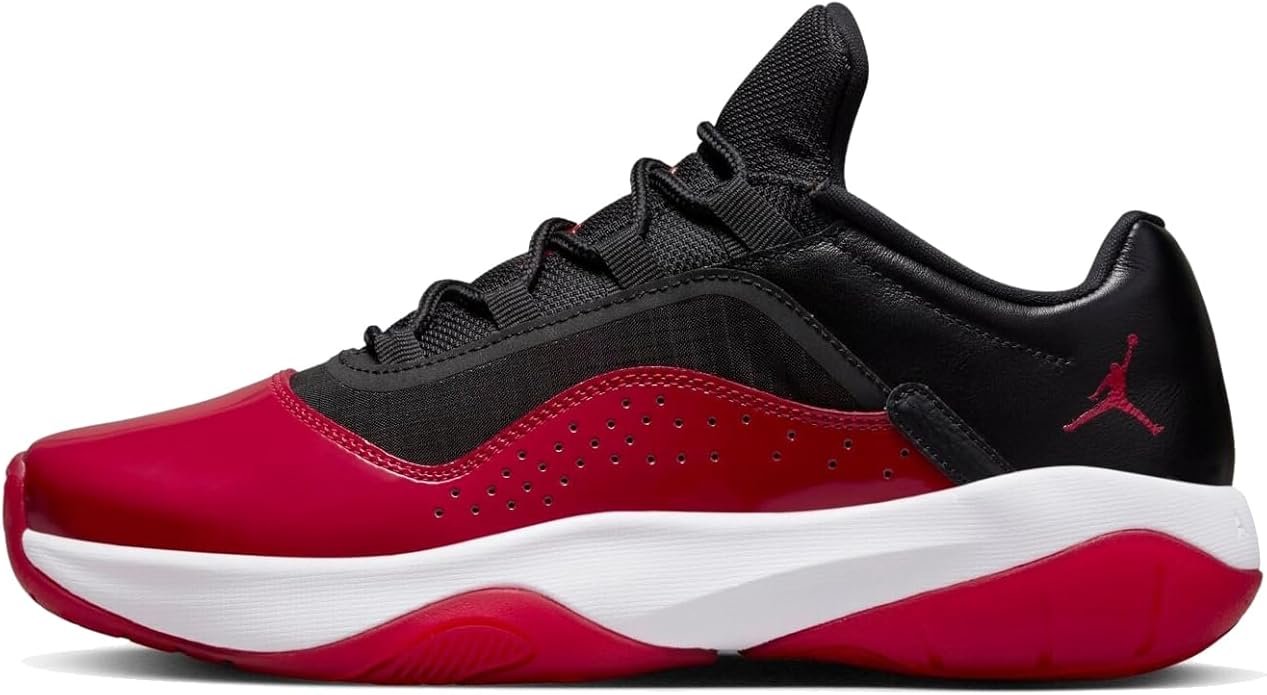For decades, the sneaker industry has been predominantly male-oriented, with marketing,
design, and innovation often tailored towards men. However, in recent years, women have been
breaking barriers and making significant strides in this space, challenging norms, influencing
trends, and carving out a substantial presence. From athletes to designers and influencers,
women are not only participating in the sneaker culture but are also reshaping it in profound
ways.
Historical Context
Historically, sneakers were primarily marketed as performance gear for male athletes. Iconic
brands like Nike, Adidas, and Puma focused their advertising efforts on male sports stars, while
women’s sneakers were often an afterthought, limited to smaller sizes of men’s designs or
basic, uninspired styles. This lack of attention to women’s specific needs and tastes left a
significant gap in the market.
The Rise of Women Athletes
The rise of women athletes in various sports has been a game-changer. Female athletes such
as Serena Williams, Megan Rapinoe, and Naomi Osaka have not only excelled in their
respective fields but have also become influential figures in sneaker culture. Their
endorsements and collaborations with major sneaker brands have brought women’s sneakers
into the spotlight. For instance, Serena Williams’ partnership with Nike has resulted in
collections that blend performance, style, and empowerment, appealing to a broad audience.

Influencers and the Power of Social Media
The advent of social media has democratized the sneaker culture, allowing women to have a
powerful voice. Female sneakerheads and influencers, such as Aleali May and Vashtie Kola,
have amassed large followings, showcasing their unique styles and sneaker collections. These
influencers have proven that women are just as passionate and knowledgeable about sneakers
as men, if not more. They have also highlighted the need for brands to create sneakers that
cater specifically to women’s tastes and preferences.
Design Innovation and Inclusivity
In response to the growing demand, brands have started to prioritize women’s sneakers in their
product lines. This shift is not just about resizing men’s sneakers; it’s about creating designs that
reflect women’s unique fashion sensibilities and functional needs. Collaborations with female
designers have led to innovative and stylish collections that resonate with women globally. For
example, the Air Jordan 1 collaboration with Aleali May introduced vibrant colors and luxurious
materials, appealing to both sneaker enthusiasts and fashion-forward women.

The Business Perspective
From a business perspective, tapping into the women’s market is a lucrative opportunity.
Studies have shown that women influence up to 80% of all consumer purchasing decisions.
Recognizing this, sneaker brands are investing in research and development to understand and
cater to the female demographic better. The result is a wider variety of sneakers that offer both
style and performance, tailored specifically for women.
Breaking Stereotypes and Building Community
Women in sneakers are not just consumers; they are community builders and leaders. Sneaker
events, workshops, and social media groups led by women foster a sense of community and
inclusivity. These platforms allow women to share their love for sneakers, exchange information,
and support one another. By breaking stereotypes and asserting their presence, women are
redefining what it means to be a sneakerhead.
The Future of Women in Sneakers
The future looks promising for women in the sneaker industry. As brands continue to recognize
and celebrate the influence of women, we can expect to see more female-centric designs,
collaborations, and marketing campaigns. This shift not only benefits women but also enriches
the sneaker culture as a whole, making it more diverse and inclusive.
In conclusion, women are no longer on the sidelines of the sneaker industry. They are at the
forefront, driving trends, and setting new standards. By breaking barriers and challenging the
status quo, women are proving that the sneaker culture is not just a man’s world. It’s a dynamic
and evolving space where everyone can participate, innovate, and thrive.





